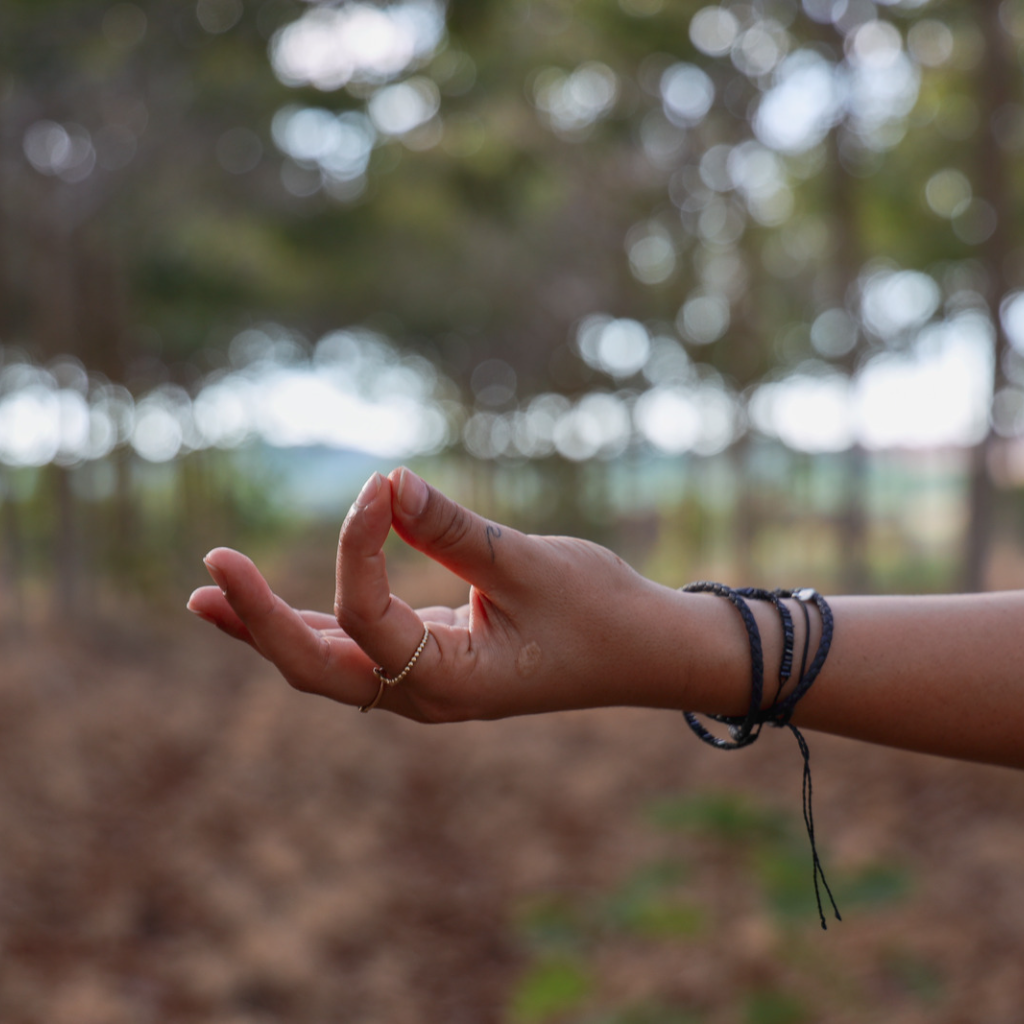What is Pilates, And What Are The Benefits?

The first ever form of Pilates was designed by a German physical trainer called Joseph Pilates. He believed that the ‘modern’ lifestyle and bad posture was the cause of much poor health. He went on to develop a system he called Contrology, now known as Pilates, which he believed had the perfect balance between strength and flexibility. Pilates is an awareness of the way we use our bodies, it is about the mind and body, both are required to execute the exercises correctly. Pilates is not just about going to class 1/2 times a week, it is about gaining body awareness and applying the tools you learn in class to everyday life and what the body needs to be kept in good (optimum) condition.
‘In 10 sessions you’ll feel the difference, in 20 you’ll see the difference, in 30 you’ll have a whole new body.’ - Joseph Pilates, Return to Life through Contrology 1945.
In order to practise Pilates effectively, we need to understand the basic ideas behind the method. One of the main results of Joseph Pilates method is gaining complete control of your body. Movements are performed with thoughtful awareness.
The fundamentals of Pilates are:
• Alignment
• Breathing
• Centring
These are achieved through 6 main principles:
• Breath
• Control
• Concentration
• Co-ordination
• Flow
• Precision
What is it about Pilates that brings clients back class after class?
Pilates is like medicine for the body. When done consistently, Pilates can offer many rewards. Improved posture and core strength, gaining better flexibility and freedom of movement, and enhanced body awareness and balance, to name a few. One of the many benefits of doing Pilates regularly is that you strengthen the muscles that help keep your spine upright and give you good posture. Learning how to elongate the spine and finding its neutral position is a proprioceptive skill (awareness of where your joints are in the space) that Pilates can teach you.
Correct alignment of the spine is essential. Many exercises focus on protecting, stabilising or moving the spine safely within its ranges. If one curvature of the spine is exaggerated in relation to another, this will pull it out of alignment and cause added stress to other parts of the body. A degree of curve is important in the spine for shock absorption. We never try to flatten the curve or eliminate them, instead keeping them elongated and in correct relationship to one another. When a spine is lengthened and in its neutral position it can articulate freely and means gravity is going through the vertebras evenly and not causing unnecessary stress to the joints, as a compressed, slouched spine can have.
Pilates also improves mobility, working towards gaining the correct range of movement at each joint by establishing correct movement patterns. This is especially important as, if one joint and related muscles ‘stiffen’ the surrounding joints will take on more movement than they are designed to do to compensate for the immobile or weakened joint. This overuse often leads to injury. Pilates teaches us where a movement should be coming from with controlled mindful execution, encouraging balance through the body.
Core stability is one of the other great benefits that can be gained through Pilates. Core stability is being able to stabilise and control the position of the pelvis, spine, torso and shoulders. Gaining core stability will provide the strong and stable base from which all movements can be safely and successfully performed from. Finding and maintaining the appropriate connection to your centre is an important part of Pilates as it helps us maintain correct alignment during movement. Pilates will help develop an awareness of good alignment, and in time create a muscle memory that can be applied to your everyday life and movement. Before lifting the shopping, you will prepare your core. When working at your desk you will automatically correct your posture and with improved flexibility you will reach the top shelf with satisfying ease. Our day to day lives often include repeated movements which over time create muscle imbalances. Sitting at a desk, using the same shoulder to carry a bag, playing a sport that uses your dominant side. During a Pilates class single sided exercises will be performed to help correct these muscle imbalances.
This is a method of exercise that is accessible and suitable to all. Whatever your age or physical ability pilates can help you make the most of your body. There is also an element of mental wellbeing that can be gained from the regular practise of Pilates. The mindful focus of the exercises and feeling of self-care provides the perfect counterbalance for the stress of modern life. With consistent practice and precise and well executed movement you will acquire the invaluable tools and knowledge to care for your body and gain the enjoyment and benefit of the wonderful world of Pilates.



Leave a comment